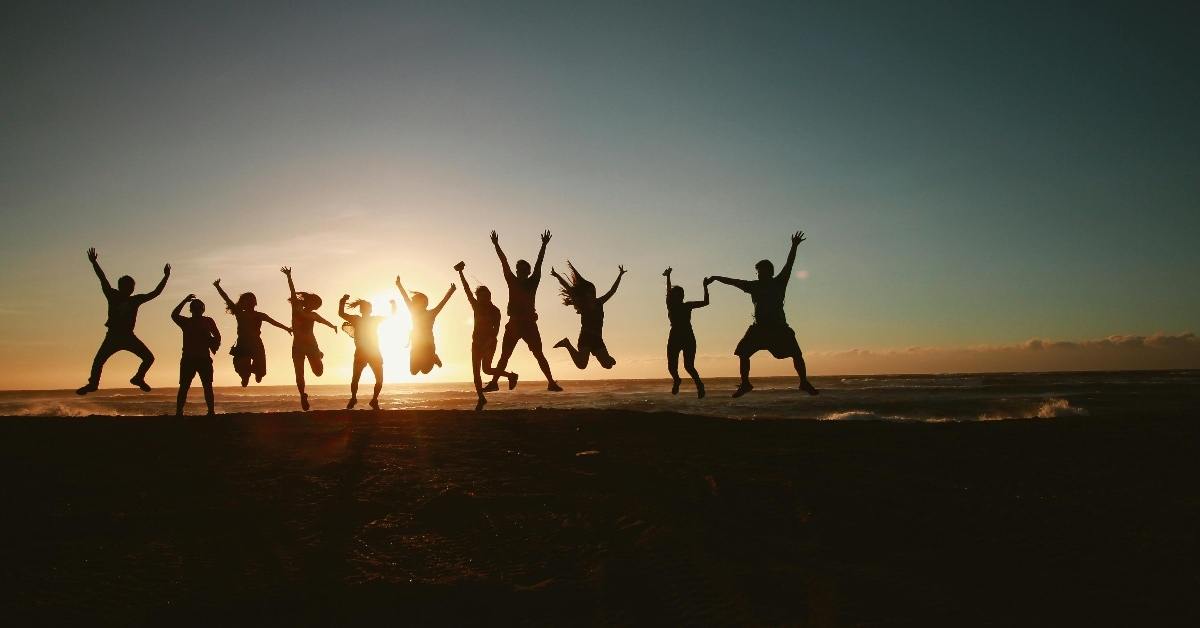BY: Walker
Published 4 years ago

Tucked away in Petersburg is Pocahontas Island, known to be one of the first Black communities in America. One man, Richard Stewart, has made it his life’s mission to keep the community alive through the island’s Black History Museum.
via: The Grio
“It’s so nice to hear children’s voices in here again,” said Richard Stewart, immersed in a field trip of about 20 kids standing in his home on Pocahontas Island.
Stewart’s house doubles as a Black History Museum that chronicles the island’s history as the “oldest Black community in the United States.” It was the home of free Blacks as early as the 1800s, achieving prosperity and esteem. About 700 historical pieces are packed within the house’s walls.
Children filed through hallways piled to the ceiling in artifacts and old news clippings showing the island’s past — old steel shackles, a replica slave ship and information on historical figures like Gabriel Prosser, Joseph Jenkins Roberts and John Rolfe.
Stewart has been used to seeing visitors come to his museum from across the country. Monday was the first time since the start of the COVID-19 pandemic that was able to entertain more than one person at a time in over a year and a half.
The field trippers from Cultural Roots Cooperative are visiting Stewart for the third time since 2018. This time they have a special gift — a check for $3,500, the largest donation Stewart says anyone has ever given for the Black History Museum.
Middle school-aged students led the fundraising efforts by creating a documentary with the help of an instructor from Virginia Commonwealth University. The two-minute film features Stewart talking about the importance of his museum. He says that it is an important physical connection to Black history.
A Richmond-based home-schooling co-op, Cultural Roots has an emphasis on teaching its students about their heritage. Though students come from several cultural backgrounds, many of them are students of color.
“Having them hear personal stories from people like Mr. Stewart who collect stories is really important to us,” said Alycia Wright, founder and director for Cultural Roots. “It’s great just having them put their feet on the ground and know that black people were resilient and determined.”
Wright said Black history in the region is too often mistreated. The Richmond Slave Trail is located next to a sewage treatment plant and the city’s African Burial Ground is somewhat unknown, despite having a central location.
“We just think (Stewart) is amazing and are glad this land is being preserved,” Wright said.
The donation itself is also seen as a way to help Stewart continue telling the story of Pocahontas. Though many of the modern residents can trace their lineage back to the years before the Civil War, their numbers are dwindling. Many homeowners are in their 60s and 70s. Few school-age children still live on the island — maybe two or three.
Kennedy Wright, grade six, says the museum’s iron slave shackles were her most prominent memory from visiting the island. Wright and six other students worked on the fundraising video.
“I’d never seen slave shackles before and I thought it was really cool,” she said. “If this museum goes away, I’m not sure we’ll get to see those kinds of artifacts.”
Jamellah Tucker, grade seven, says her most prominent memory is the replica slave ship. An upstairs exhibit focused on Civil Rights has an authentic KKK robe. Seventh Grader Jordan Wright says she most remembers that.
Every time the Co-op visits Stewart, he takes them for a walk around the island. In a previous visit, they took a photo by the Island’s shore with the Appomattox River. Stewart said it makes him think about the future of Pocahontas
Amid a growing downtown area, Pocahontas is in the crosshairs of future development, should it ever escape the confines of Old Towne Petersburg. Stewart often talks about his fear that gentrification will one day overgrow the banks of the now elderly, historical community.
“Gentrification is on its way,” Stewart told the students. “Y’all are doing something to help preserve it.”
In 2014, the still-standing properties on Pocahontas Island were placed on Virginia’s Most Endangered Historic Places list. However, last May, Pocahontas Island residents watched in dismay as 215 Witten St., believed to be a former Underground Railroad stop, was demolished. Stewart wants to preserve the remaining properties on the island, so no more are torn down.










